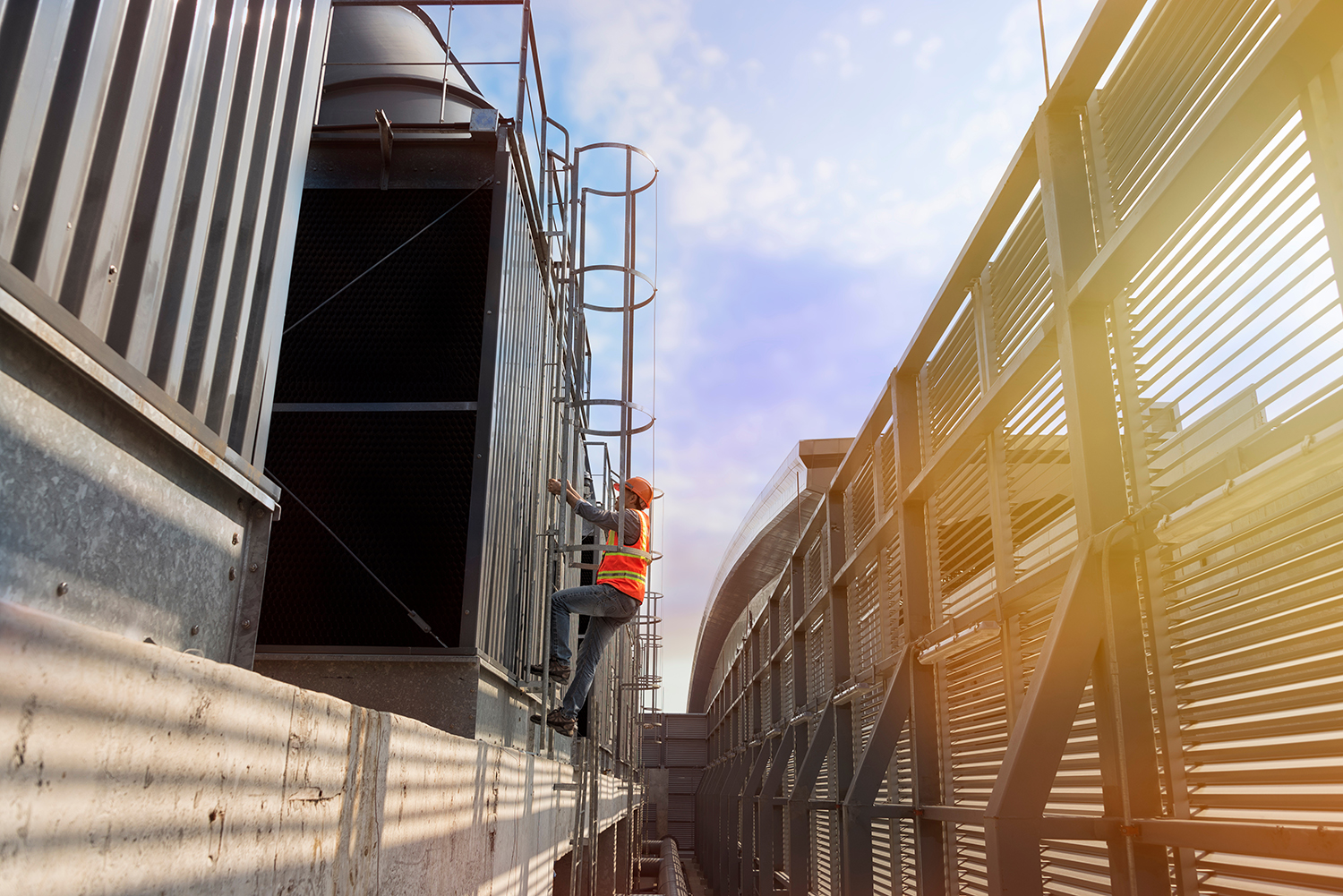
News
Carbon Monoxide: Three Airflow Impacts on Combustion Safety
By David Richardson
Fuel-fired appliances need controlled and consistent combustion air for safe operation. If this fact is ignored, the results can be deadly. Equipment installations that get combustion air from indoors require special care to assure safe operation. Let’s look at three ways airflow impacts the safe operation of fuel-fired equipment.
 Natural Airflow
Natural Airflow
Natural airflow conditions constantly affect building air movement. To assure safety, combustion air must be controlled. The three biggest combustion air drivers are:
- Hot air rises as cold air falls,
- Airflow takes the path of least resistance,
- 1 cfm in = 1 cfm out.
A phenomenon known as “Stack Effect” uses all three of these drivers to unintentionally turn a building into a flue that competes with the installed mechanical flue when conditions are wrong. This condition is more noticeable in taller buildings during the heating season. As heated indoor air escapes outside through various building leaks, outdoor air is pulled in to replace it.
Surprisingly, flues are one path where exhausted air is pulled back into the building. Stack effect unintentionally turns a flue/chimney into a makeup air duct. This is one of the most overlooked and misdiagnosed problems contributing to combustion safety issues.
HVAC System Airflow
In addition to the impact of natural airflow, there is another force that’s an even stronger influence. An HVAC blower has the potential to operate at 50 times the pressure of stack effect. When unbalanced airflow exists in a duct system, the path of least resistance wins.
Duct leakage is another type of HVAC system airflow that negatively impacts combustion safety. Return duct leakage inside a building allows air designed for rooms to short-circuit or bypass its intended destination. Supply duct leaks located outside conditioned areas act the same way.
When duct leakage is present, the potential for pressure imbalances exist. Imbalances can lead to intermittent flue gas spillage when the fan is operating. Imagine what could potentially happen if duct leakage exists and you advise your customer to run the fan inconstant speed.
Duct leakage isn’t the only HVAC system airflow influence to consider. Improper air balancing is another way the HVAC system fan influences combustion safety. Just as duct leakage causes air to short-circuit its intended destination, an improper air balance has similar results. When you make assumptions regarding measured supply and return airflow, it can result in a competition for combustion air.
Even on a perfect duct system, the building itself can influence HVAC system airflow. Interior doors often act as manual volume dampers – like dampers in a branch duct. Simply closing an interior door can unintentionally shut off airflow into or out of a room. This is commonly encountered on systems with a central return.
Exhaust Fan Airflow
In addition to the HVAC system blower, exhaust fans can also create havoc on airflow. Any fan exhausting air from inside a building must be pulled into the building through duct leaks. These include kitchen exhaust fans, clothes dryers, radon mitigation systems, and bath fans.
The higher the rate exhaust fan airflow moves air to the outside, the more likely the fan is to create a problem. The combination of a small mechanical room and clothes dryer has often been the source of water heater backdrafting.
Preventing Unintended Airflow Impacts
Awareness and understanding increase your ability to prevent airflow from unintentionally causing combustion safety problems. Fortunately, there are solutions for each problem.
To discover the problems, you need measurements to measure and diagnose building pressures affecting venting – guessing won’t cut it. I invite you to learn airflow and combustion principles, so you understand how they influence the HVAC systems you service and maintain.
If you suspect airflow issues that could cause equipment to operate unsafely, test to assure safe operation both before and after any changes are made. With the right test instruments, procedures, and knowledge a properly trained technician can predict and resolve these problems.
About the Author
David Richardson serves the HVAC industry as a curriculum developer and trainer at the National Comfort Institute, Inc. (NCI). NCI specializes in training focused on improving, measuring, and verifying HVAC and Building Performance.
If you’re an HVAC contractor or technician interested in learning more about adding carbon monoxide testing to your services, contact David at davidr@ncihvac.com or call him at 800-633-7058. NCI’s website www.nationalcomfortinstitute.com is full of free technical articles and downloads to help you improve your professionalism and strengthen your company.













